Based on archeological records, which were sourced from the Apiary’s museums, the Reliquary Archives on Irrdnis and the records of ancient human science recovered from some of their own expeditions, are the beginnings of what sets the stage for future colonization starting circa 66 million [Tir-Torzor] years prior to first contact with the planet’s inhabitants. This time was known as the Cretaceous Period, the last of the three periods recognized as the Mesozoic Era. During this time, there was no sentient life inhabiting the world and the dominant species were bird-like reptilian animals known as the dinosaurs.
During the last days of the Cretaceous, an extraterrestrial race of unknown origin visited the planet via spaceship through a wormhole opened by their own spacecraft. There are no personal accounts by the visitors, but a rough translation of what appears to be the cargo manifest reveals they took many different plants, animals, bacterium, and fungi as research samples. It seemed they had preferred collecting greater numbers of some sample species more than others for unknown reasons. Edible moss, perennials, and small mammals – one of which were the biological ancestors of the two races that will be discussed soon – numbered in counts greater than five hundred. There are only theories as to why this was, as barely any additional records of any kind were recovered from the ship.
Once finished gathering, another wormhole was created to travel through for the next leg of their journey. Unbeknownst to them, on the other side of this wormhole was a colossal asteroid or comet carrying the dormant hostile extraterrestrials: the Surts. What will become known as the Surt Object passed through the wormhole and partially collided with the vessel on approach. Going off the ship’s damage log and the archeological collision forensics, the craft’s shield was able to mitigate damage but still could not prevent the most severe impact. This crippled the ship’s navigation and engines and sent it hurdling to the surface of Irrdnis.
The surviving crew abandoned the vessel before it entered the gravitational pull of Irrdnis with no further record about what happened to them. Meanwhile, much of what was left of the ship’s shield system failed, causing the craft to break apart upon entering the atmosphere. The largest intact portions to survive impact with the planet surface were the cargo hold, a section of the navigation bridge and the wormhole generator.
The conditions of the cargo hold sufficiently kept most species alive. However, the power system to the holding areas failed on impact, freeing them from containment. They spread out into this new wilderness, where the luckiest and most adaptable continued evolving on a planet that had very little native competition. Unlike the old world, this one was one and a half times the other’s size and had a slightly thicker atmosphere. The gravity pulled less due to the makeup of the planet itself containing unique elements and minerals. This created an environment that allowed the newcomers to thrive and develop much differently than their counterparts back on Tir-Torzor. This resulted in two different sentient beings becoming the dominant species on their respective planets: The Humans and the Minare.
Despite sharing the same evolutionary ancestor and some physical similarities (e.g. bipedal, upright posture, symmetrical features) both races developed quite differently. Humans naturally have different skin colors, vastly different languages and cultures, and built almost all their structures on the surface of their home planet. Minare are over ten times the size of the average human, vary only slightly in language and culture, skin transparency depends on sex and age, and they primarily built underground structures. Their largely subterranean way of life is what begins the first steps towards extraterrestrial contact ever between both civilizations.
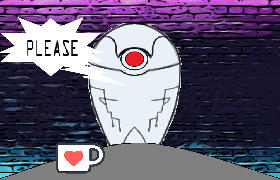



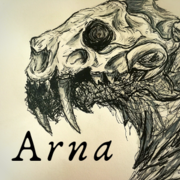

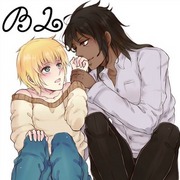
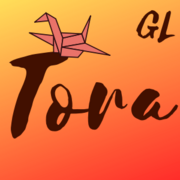
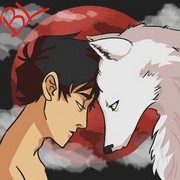

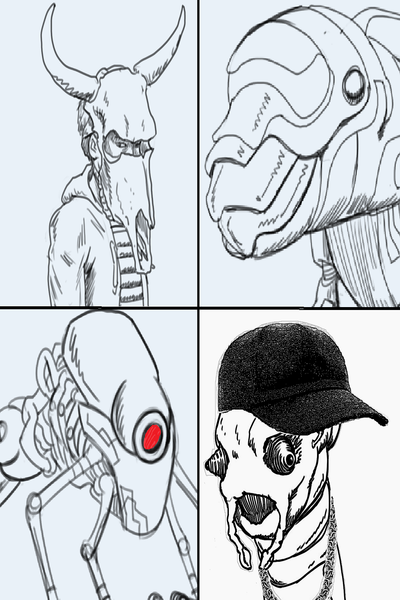
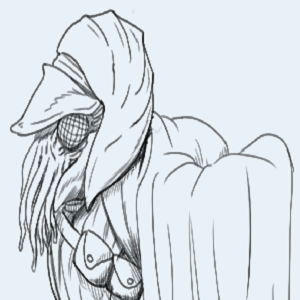
Comments (5)
See all